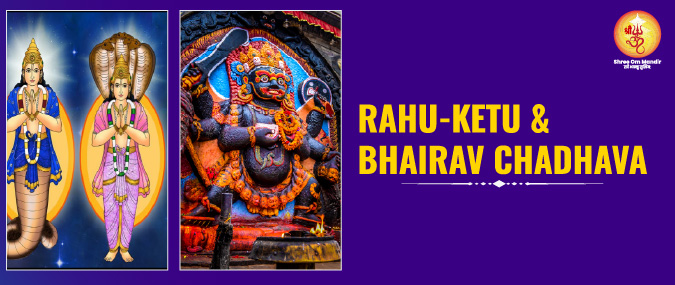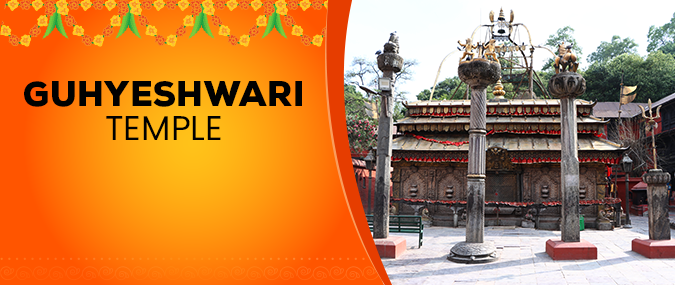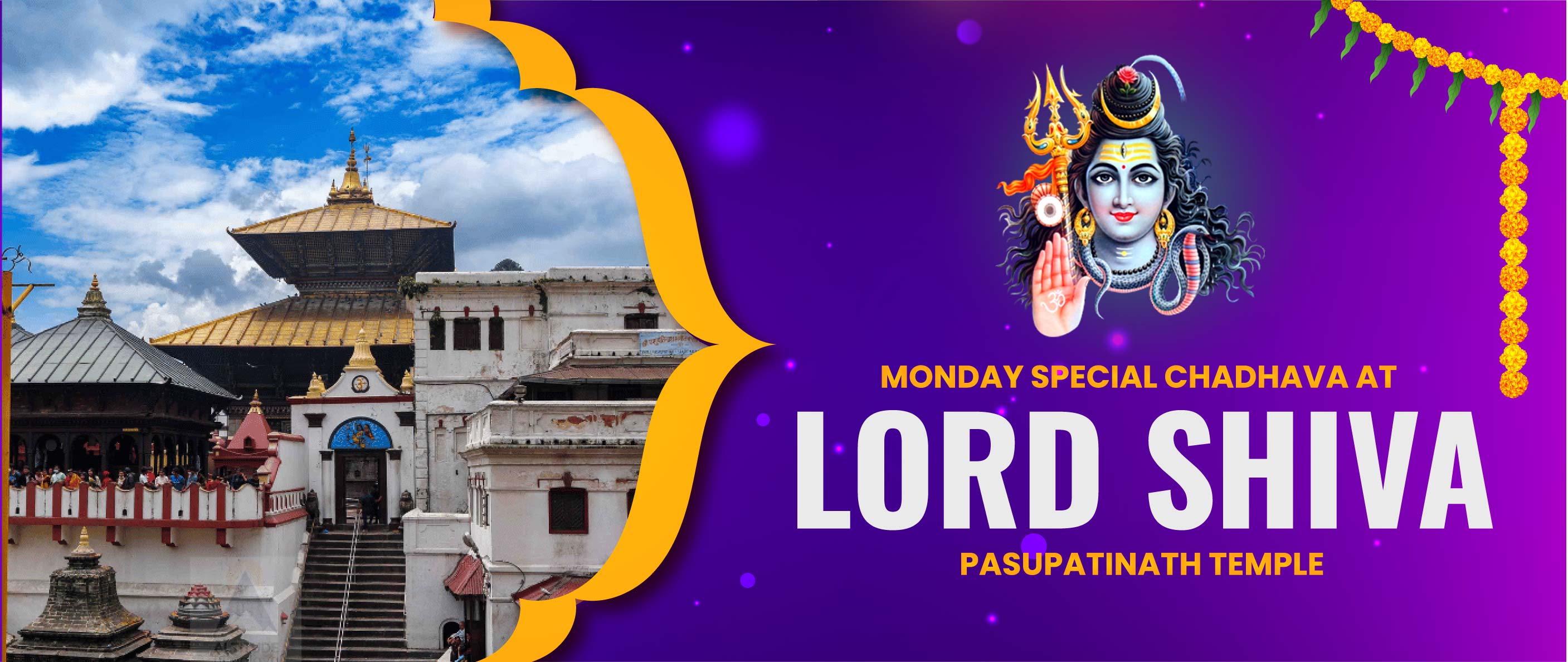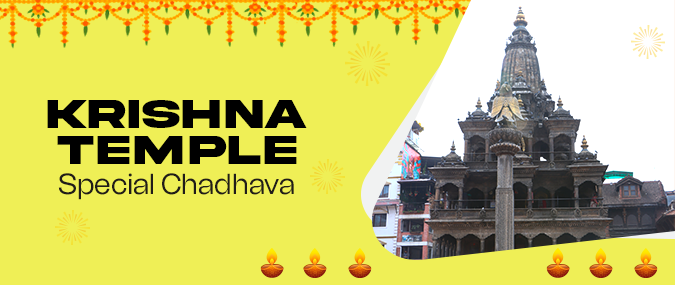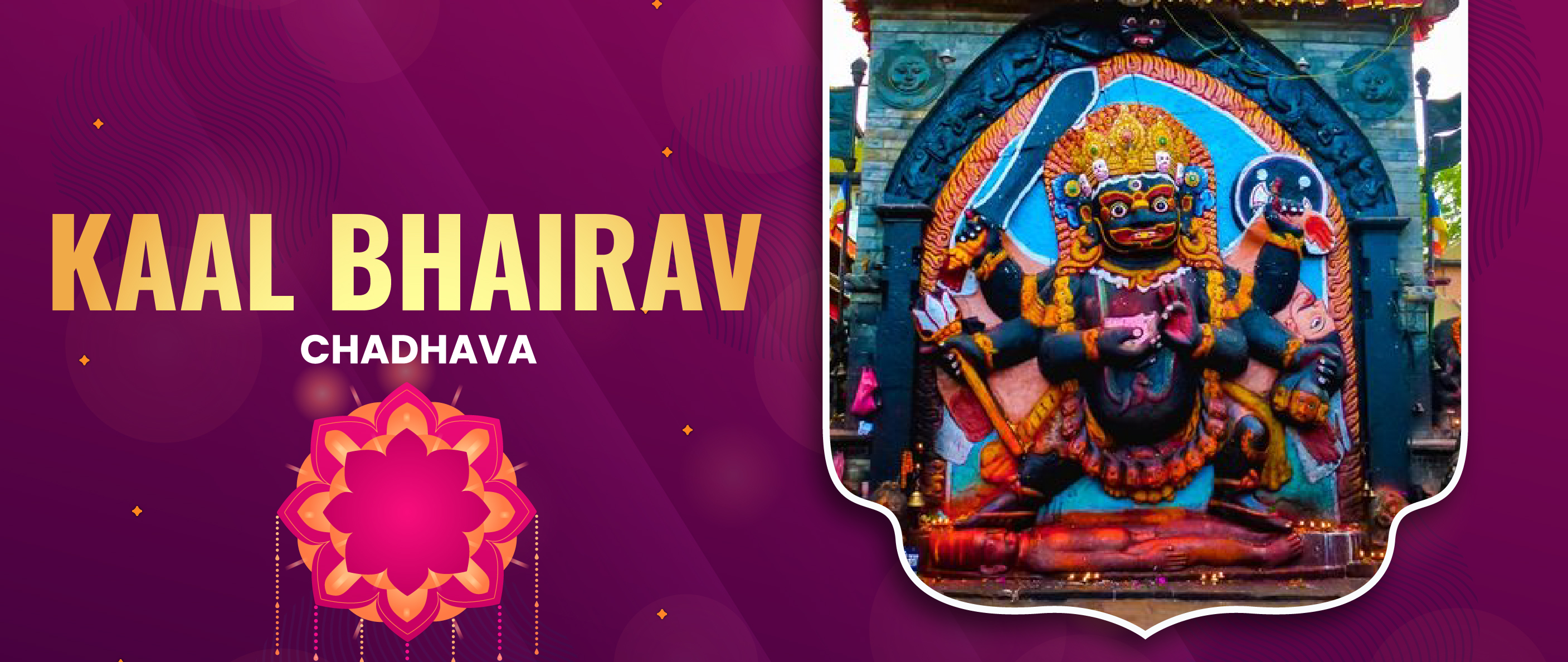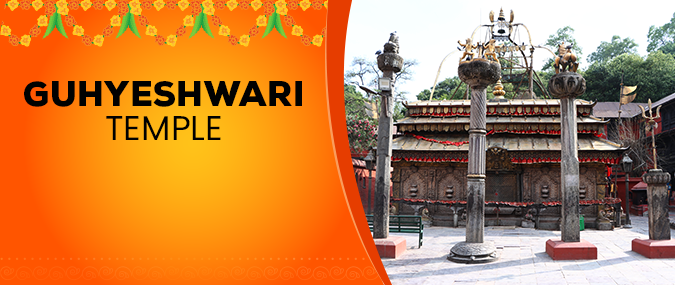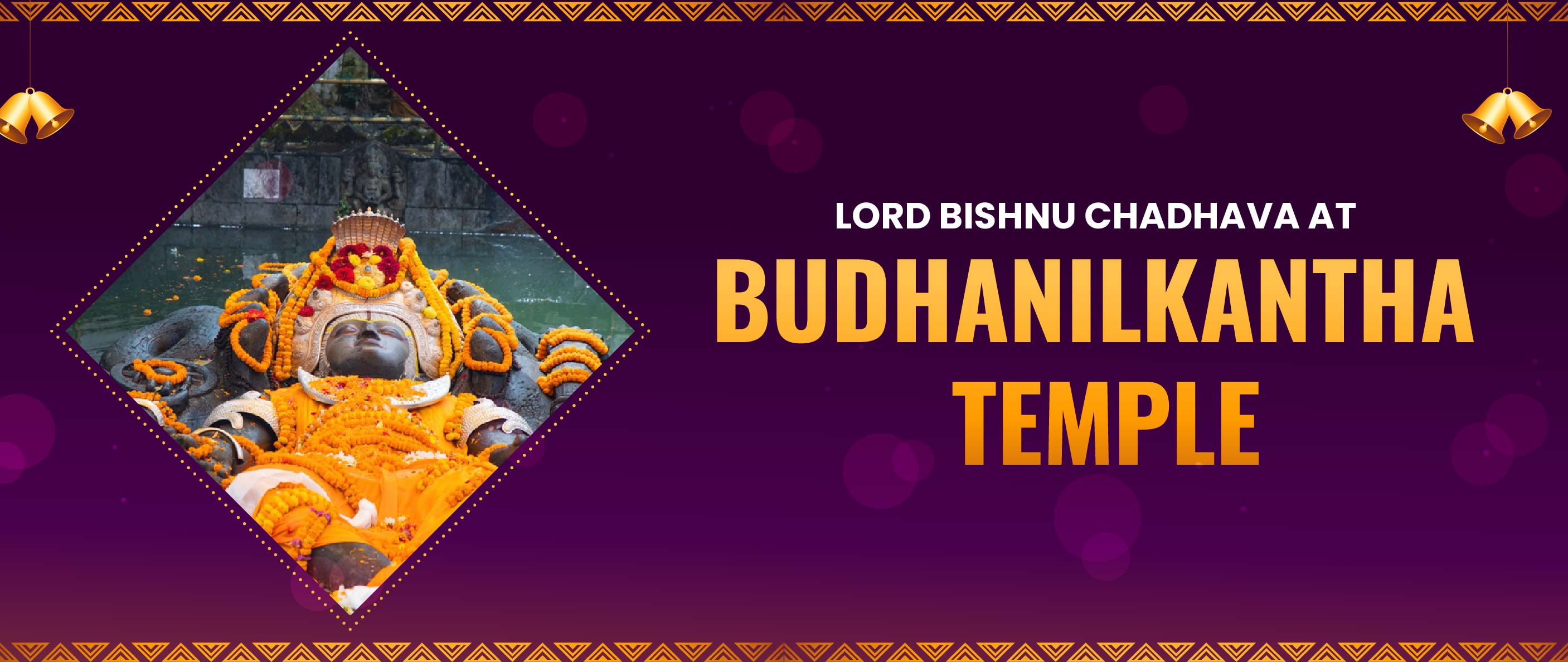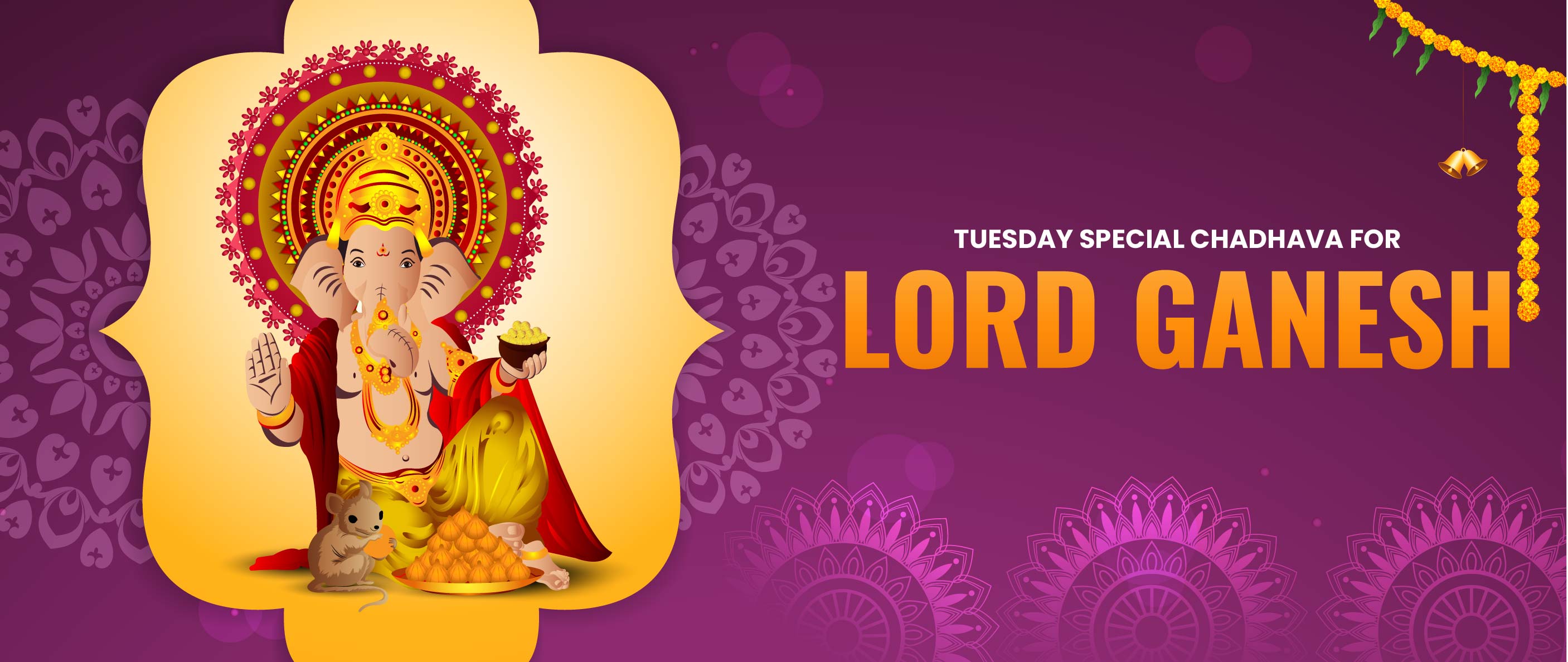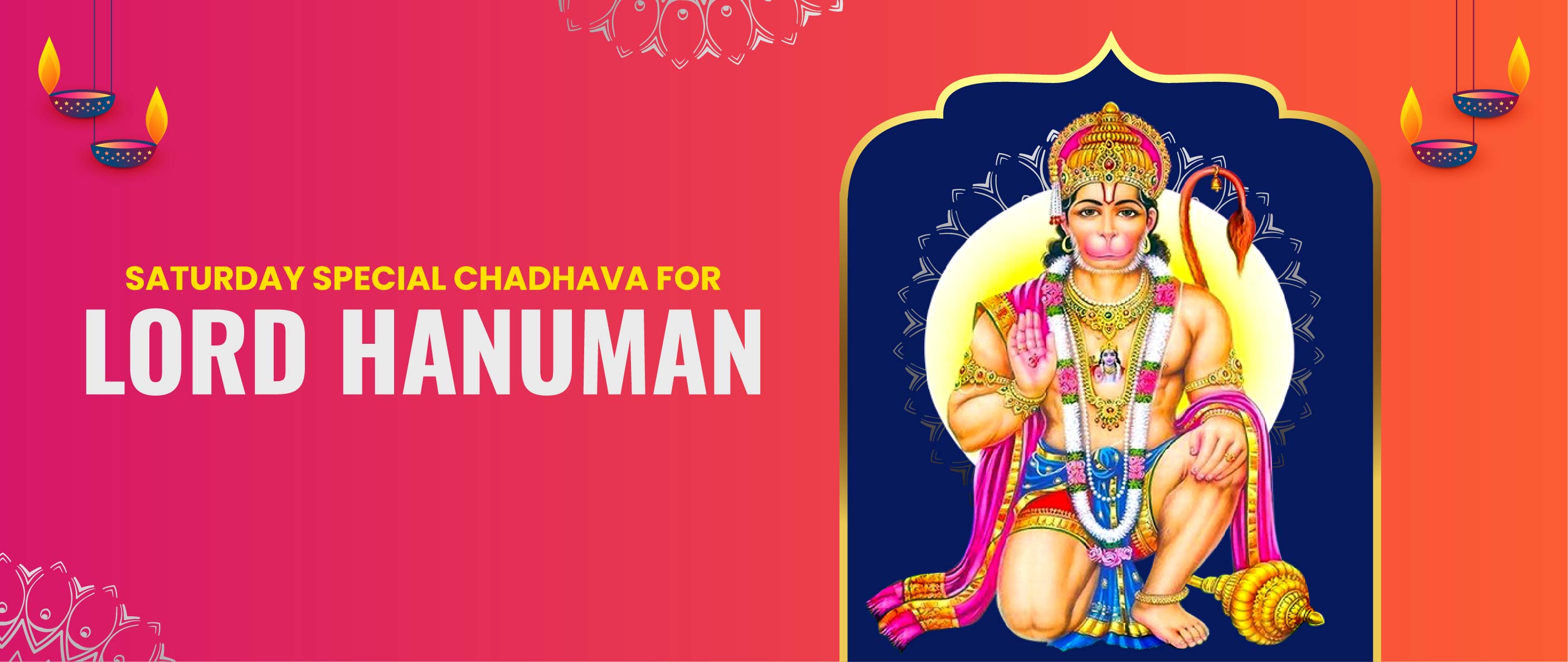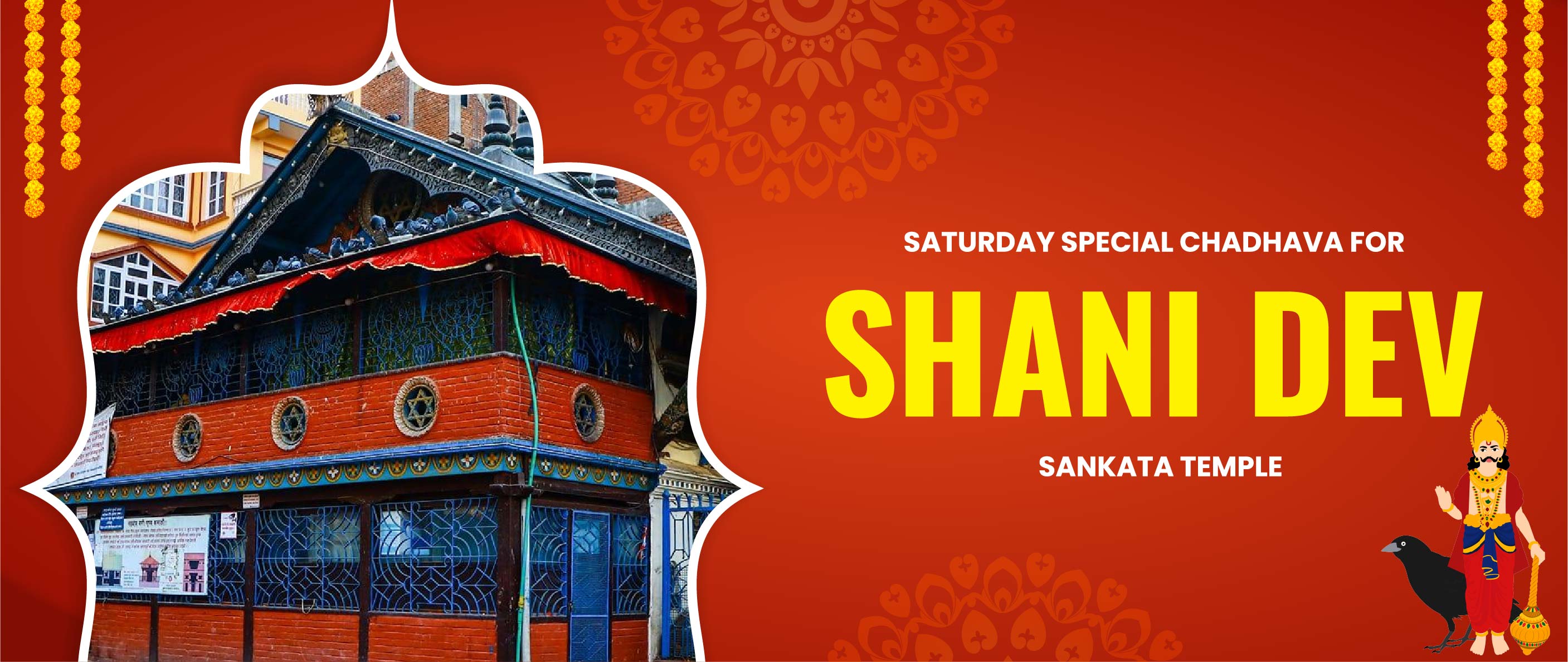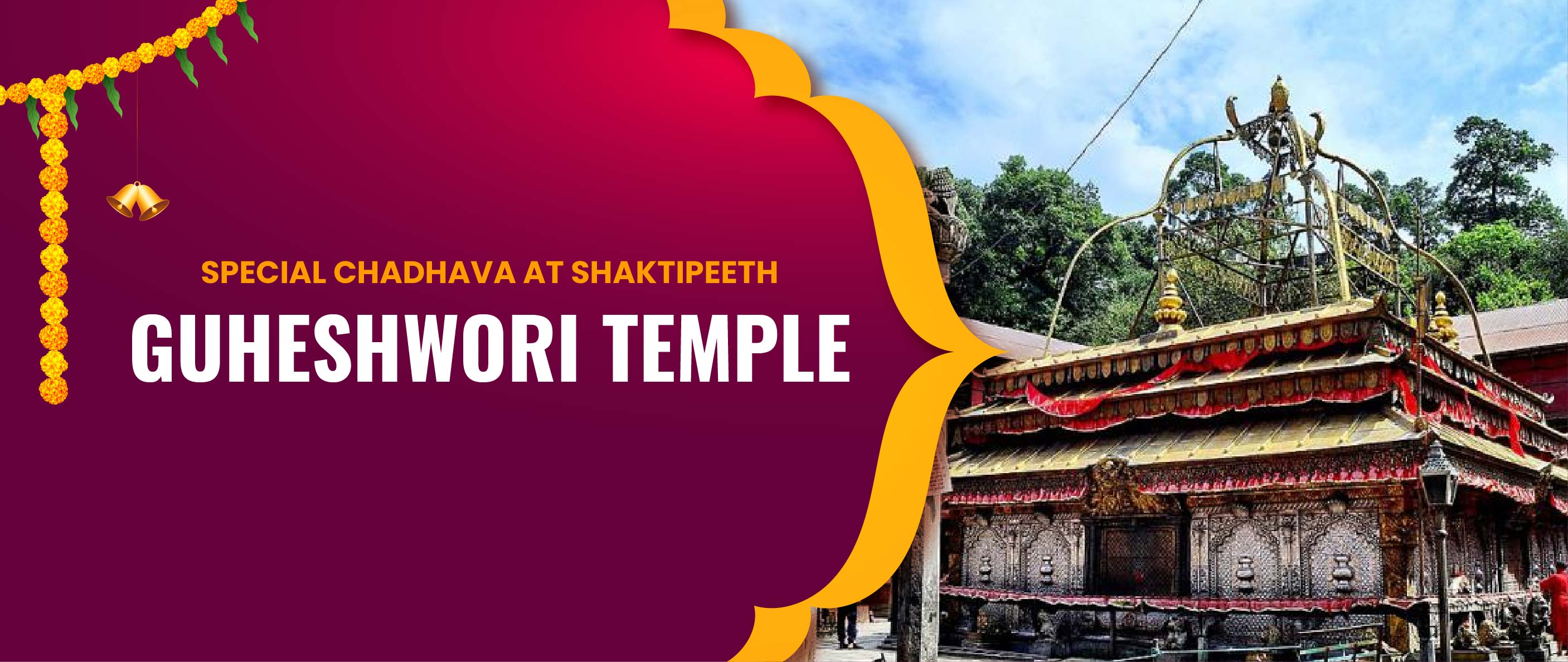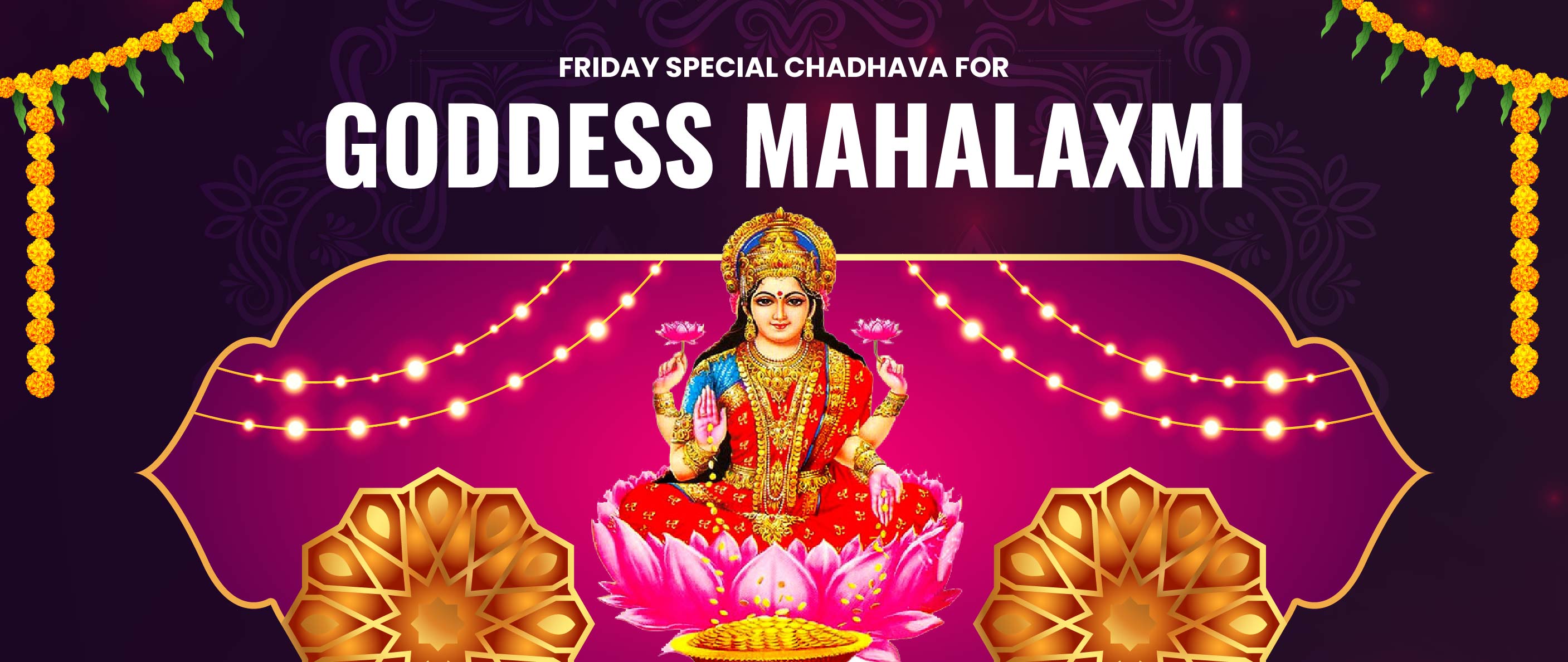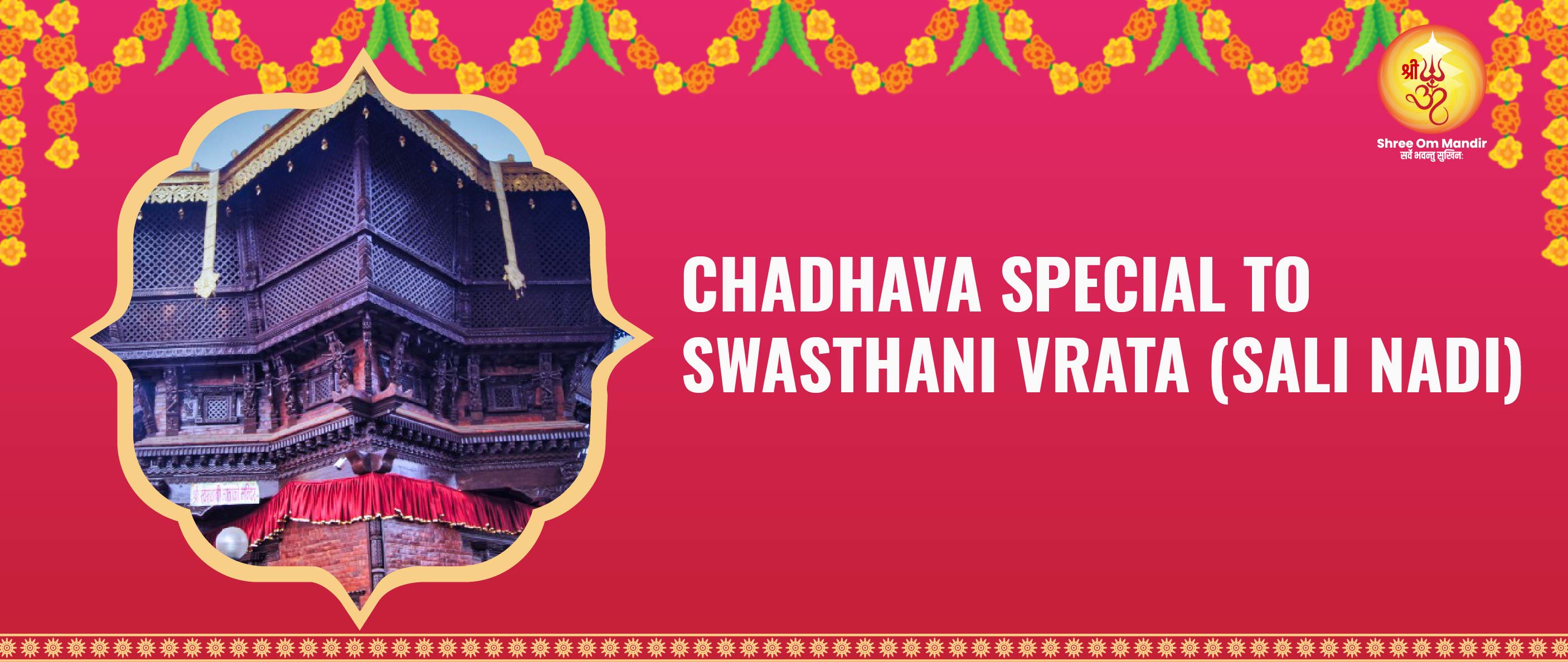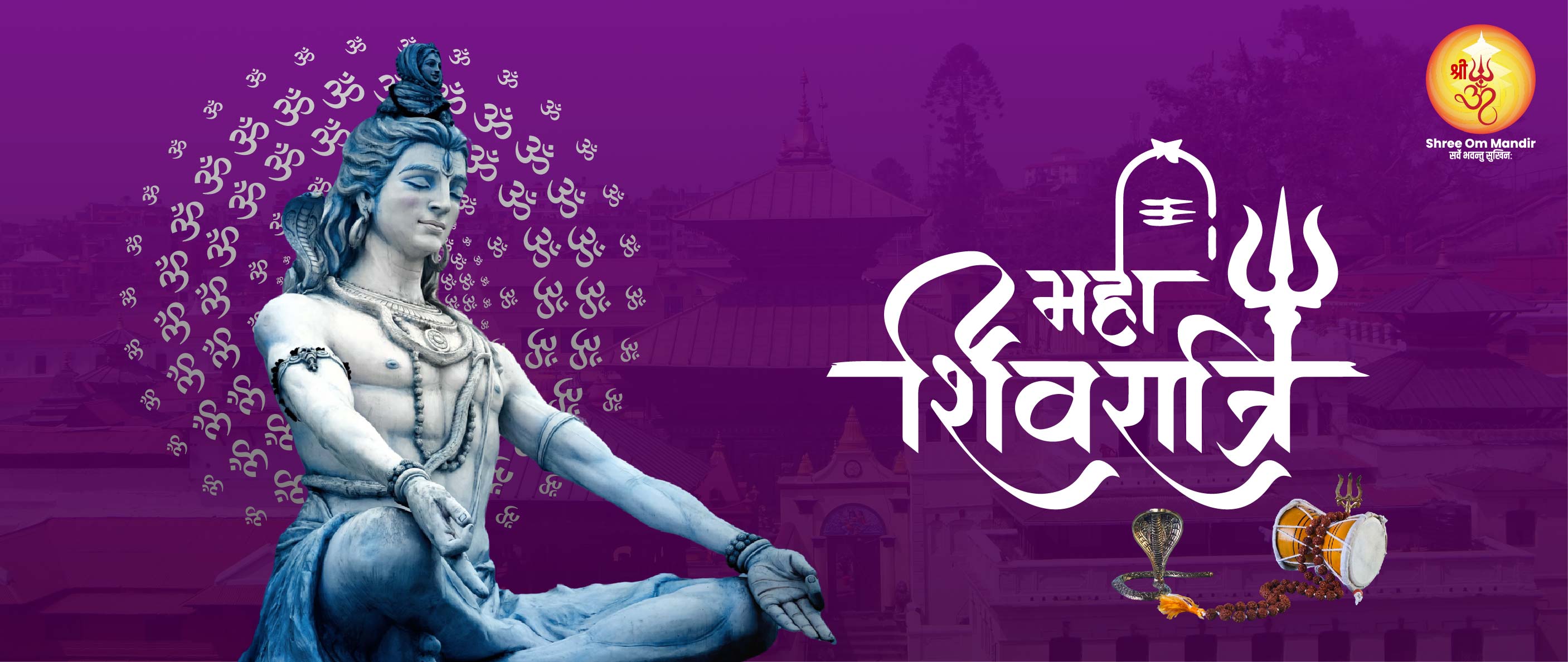Chadhava at Rahu-Ketu and Bhairav
Chadhava at Rahu-Ketu and Bhairav
Rahu and Ketu are two powerful shadow planets in Vedic astrology.
Book Now
Rahu and Ketu are two powerful shadow planets in Vedic astrology, known for their deep karmic influence. Rahu governs worldly desires, material gains, and illusions, while Ketu symbolizes spiritual detachment, moksha (liberation), and past-life karma. Bhairav, a fierce manifestation of Lord Shiva, is revered as the guardian and protector deity. Devotees offer Chadawa (special offerings like oil, liquor, black sesame seeds, etc.) to Bhairav to seek his divine protection, especially from negative energies, fear, black magic, and evil influences.
Benefits
-
Reduces the negative effects of Rahu and Ketu in the horoscope.
-
Helps overcome mental stress, confusion, and emotional instability.
-
Removes karmic obstacles and delays in life.
-
Promotes spiritual growth and inner awakening.
Purpose
Worshiping Rahu-Ketu and offering Chadawa to Bhairav helps remove negative energies, reduce karmic obstacles, and bring mental peace, courage, and spiritual growth.-
Reduces the negative effects of Rahu and Ketu in the horoscope.
-
Helps overcome mental stress, confusion, and emotional instability.
-
Removes karmic obstacles and delays in life.
-
Promotes spiritual growth and inner awakening.
Worshiping Rahu-Ketu and offering Chadawa to Bhairav helps remove negative energies, reduce karmic obstacles, and bring mental peace, courage, and spiritual growth.


Available Offerings
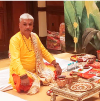
Pray with Pandit
Rs.2,811
Lamp and Incense
Rs.560
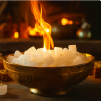
Light Camphor in front of Kaal Bhairav
Rs.700

Camphor and Mustard Oil
Rs.700

Mustard oil
Rs.700
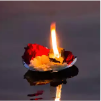
Deep Daan
Rs.280

Black Sesame
Rs.280
Related Chadhava Activity
Chadhava at Guhyeshwari Temple
Guhyeshwari Temple also spelled Guheswari or Gujeshwari, is one of the revered holy temples in Kathmandu, Nepal. This temple is dedicated to Adi Shakti. The temple is also a Shakti Peeth and it's about 1 km east of Pashupatinath Temple and is located on the southern bank of the Bagmati River. It is an important pilgrimage destination for Hindus, especially for Tantric worshipers done by Karmacharya priests. King Pratap Malla renovated this temple in the 17th century. There is a belief that by reaching here and worshipping, the power of the goddess is met and incomplete work is completed.
Shrawan Sombar Special Chadhava
During the holy month of Shrawan, Mondays hold special significance for devotees of Lord Shiva. Offering a sacred chadhava on this day is believed to bring peace, prosperity, and fulfilment of desires.
Monday special chadhava at Lord Shiva, Pasupatinath Temple
Mondays are considered to be the ideal times to offer Chadhava and connect with Lord Shiva's divine power.
Krishna Mandir, Special Chadhava
Lord Krishna is worshipped as the eighth avatar of Vishnu and also as the Supreme God in his own right. He is the god of protection, compassion, tenderness, and love; and is widely revered among Hindu divinities.
Kaal Bhairav Chadhava
Kaal Bhairav is a Hindu shrine located in Kathmandu Durbar Square, a UNESCO World Heritage Site. According to legend, the shrine was found at a paddy field and later it was placed at the Durbar Square by King Pratap Malla. Kaal Bhairav is believed to have been sculptured from a single stone. People worship this idol from staying away from black magic and diseases.
Guhyeshwari Temple
Guhyeshwari Temple also spelled Guheswari or Gujeshwari, is one of the revered holy temples in Kathmandu, Nepal. This temple is dedicated to Adi Shakti. The temple is also a Shakti Peeth and it's about 1 km east of Pashupatinath Temple and is located on the southern bank of the Bagmati River. It is an important pilgrimage destination for Hindus, especially for Tantric worshipers done by Karmacharya priests. King Pratap Malla renovated this temple in the 17th century. There is a belief that by reaching here and worshipping, the power of the goddess is met and incomplete work is completed.
Lord Bishnu Chadhava at Budhanilkantha Temple
Devotees worship Bishnu for protection from enemies and problems as he is regarded as the protector of the universe. It is also believed that Lord Bishnu helps in dissolve sins, remove Pitru Dosha, and advance on their spiritual path.
Tuesday Special Chadhava for Lord Ganesh
Ganesh, the beloved elephant-headed deity in Hinduism, is revered for his wisdom, obstacle-removing abilities, and auspiciousness. At the Ganesh Temple, his worship holds profound significance. Here, devotees flock to seek his blessings before embarking on new ventures, journeys, or even the start of a day.
Saturday Special Chadhava for Lord Hanuman
Shani Dev is linked to Saturday. Lord Hanuman had received a boon from Shani Dev so that he and his followers would never be impacted in any manner by his unluckiness. In order to protect themselves from Saturn's impacts, people worship Lord Hanuman on Saturdays.
Saturday Special Chadhava for Shani Dev, Sankata Temple
Lord Shani is the god of Karma, justice and retribution and treats people according to one’s thought, speech and deeds. Saturday holds a unique significance, as it’s said Shani Dev’s energy is most potent on this day. It is believed that one should worship Lord Shani to keep oneself away from evil and to reduce the hardships of life.
Maa Laxmi Chadhava at Mahalaxmi Temple, Lalitpur
Maa Laxmi is goddess of wealth, fortune, power, beauty, fertility and prosperity, and associated with Maya ("Illusion"). It is believed that Maa Laxmi is descends to bless her devotees with abundance, peace, and happiness. Offering Chadhava to her strengthens in connecting her divine energy.
Special Chadhava at ShaktiPeeth, Guhyeshwari Temple
The Goddess Durga (Guhyeshwari) is seen as a sign of power and protection, which is why she has garnered so many followers through the years. Guhyeshwari Temple symbolizes divine feminine energy and spiritual importance.
Friday Special Chadhava for Goddess MahaLaxmi
Maa Laxmi is goddess of wealth, fortune, power, beauty, fertility and prosperity, and associated with Maya ("Illusion"). It is believed that Maa Laxmi is descends to bless her devotees with abundance, peace, and happiness. Offering Chadhava to her strengthens in connecting her divine energy.
Chadhava special to Swasthani Vrata (Sali Nadi)
Offering Chadhava during Swasthani Vrata (Sali Nadi) brings health, protection, and divine strength, fulfilling wishes and purifying the soul. Women pray for the well-being and prosperity of their families, while young girls fast for a good husband.
Maha Shivaratri Special Chadhava at Pasupatinath Temple
Maha Shivaratri is considered as a remembrance of "overcoming darkness and ignorance" in life and the world.
